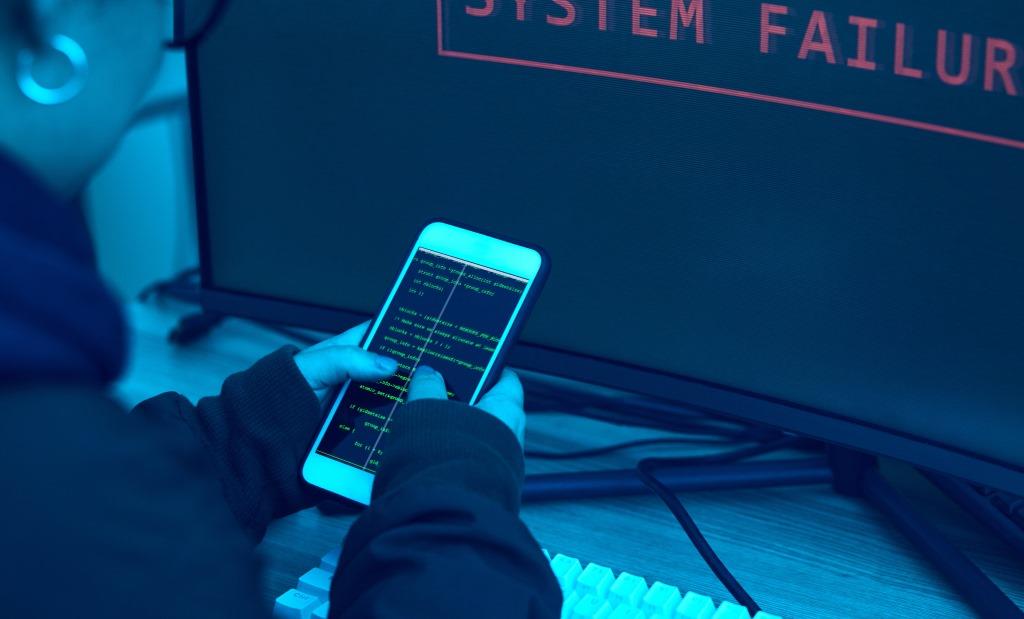This article outlines 10 best practices for reducing insider threat risks in a hybrid office environment. These practices include implementing access controls, conducting employee background checks, providing security awareness training, using security monitoring tools, and creating a culture of security, among others. By implementing these best practices, organizations can protect their sensitive data and systems from insider threats.

As more and more organizations adopt hybrid work models that allow employees to work both in-office and remotely, the risks of insider threats have increased. Insiders, including employees and contractors, have access to sensitive company data and can cause significant harm if they choose to act maliciously. In this article, we will discuss the 10 best practices for reducing insider threat risks in a hybrid office environment.
- Implement Access Controls
Access controls are an essential element of any cybersecurity program. By controlling who has access to what data, organizations can limit the risk of insider threats. Implementing access controls involves creating role-based access to data and ensuring that only those with a legitimate need can access sensitive information.
- Regularly Review Access Controls
Implementing access controls is only the first step. Organizations must also regularly review their access controls to ensure they remain effective. Access reviews should be conducted at least annually or whenever an employee changes positions.
- Conduct Employee Background Checks
Conducting employee background checks is another essential step in reducing insider threat risks. Background checks can help organizations identify employees with a history of misconduct or criminal activity.
- Provide Security Awareness Training
Employees are often the weakest link in an organization’s security defenses. Providing security awareness training can help employees identify and report suspicious behavior. This training should be provided regularly and cover topics such as phishing scams, password hygiene, and the risks associated with public Wi-Fi.
- Use Security Monitoring Tools
Security monitoring tools can help organizations detect and respond to insider threats in real-time. These tools can include intrusion detection systems, security information and event management (SIEM) solutions, and endpoint detection and response (EDR) tools.
- Implement Data Loss Prevention (DLP)
Data loss prevention (DLP) solutions can help organizations prevent the unauthorized transmission of sensitive data outside of the organization. These solutions can detect when an employee attempts to send sensitive data via email or other communication channels and prevent the transmission from occurring.
- Create a Culture of Security
Creating a culture of security is essential for reducing insider threat risks. This culture should promote the importance of security and encourage employees to report suspicious behavior. A culture of security can also help organizations identify potential insider threats early and respond quickly.
- Regularly Conduct Risk Assessments
Regularly conducting risk assessments can help organizations identify potential insider threat risks and take steps to mitigate them. Risk assessments should be conducted annually or whenever a significant change occurs in the organization’s environment.
- Monitor Third-Party Access
Third-party contractors and vendors can also pose an insider threat risk. Organizations should monitor third-party access to sensitive data and systems and implement appropriate security controls.
- Implement a Security Incident Response Plan
Finally, organizations should implement a security incident response plan. This plan should outline the steps to be taken in the event of a security incident, including the roles and responsibilities of employees, communication protocols, and post-incident reviews.

In conclusion, reducing insider threat risks in a hybrid office environment requires a multi-layered approach that includes access controls, security monitoring tools, employee training, and a culture of security. By implementing the best practices discussed in this article, organizations can reduce the risk of insider threats and protect their sensitive data and systems.